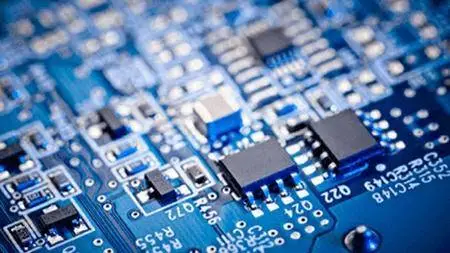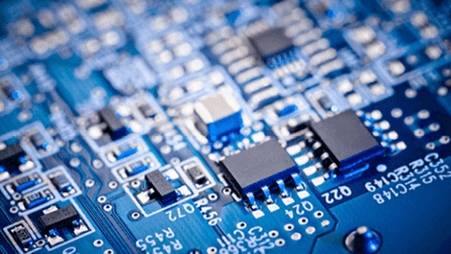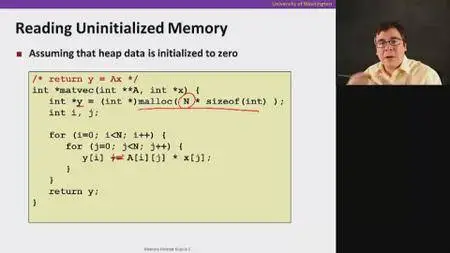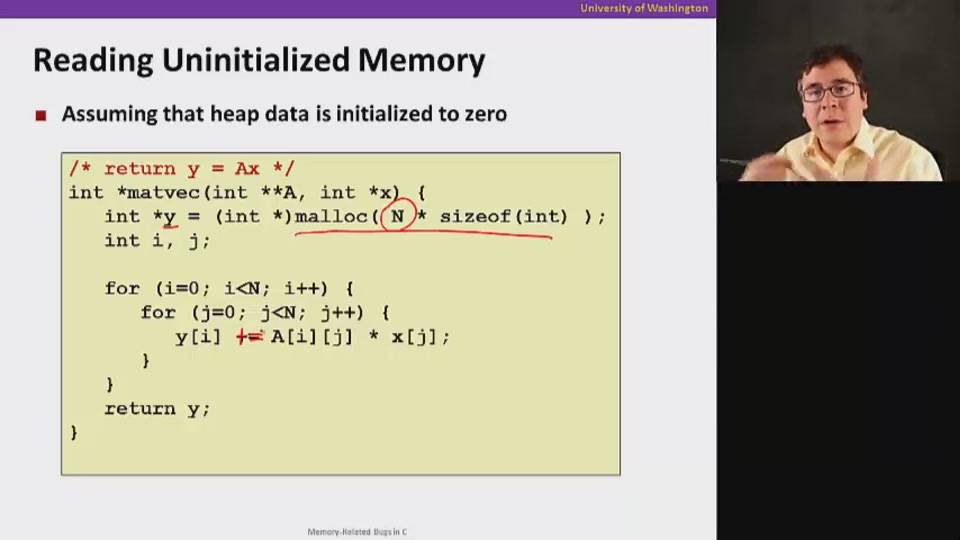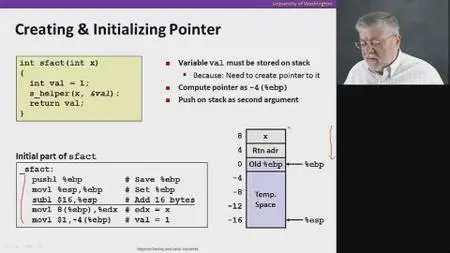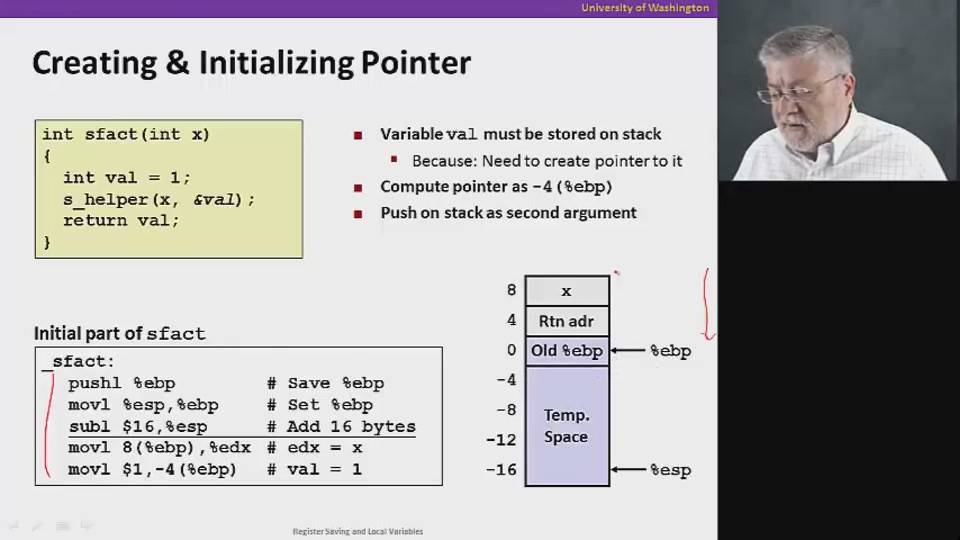Coursera - The Hardware/Software Interface
MP4 | AVC 85kbps | English | 960x540 | 30fps | 19 hours | AAC stereo 118kbps | 1.22 GB
Genre: Video Training
Examines key computational abstraction levels below modern high-level languages. From Java/C to assembly programming, to basic processor and system organization. This course examines key computational abstraction levels below modern high-level languages; number representation, assembly language, introduction to C, memory management, the operating-system process model, high-level machine architecture including the memory hierarchy, and how high-level languages are implemented.
We will develop students’ sense of “what really happens” when software runs — and that this question can be answered at several levels of abstraction, including the hardware architecture level, the assembly level, the C programming level and the Java programming level. The core around which the course is built is C, assembly, and low-level data representation, but this is connected to higher levels (roughly how basic Java could be implemented), lower levels (the general structure of a processor and the memory hierarchy), and the role of the operating system (but not how the operating system is implemented).
This course should develop students’ sense of “what really happens” when software runs — and convey that this question can be answered at several levels of abstraction, including the hardware architecture level, the assembly level, the C programming level and the Java programming level. The core around which the course is built is C, assembly, and low-level data representation, but this is connected to higher levels (roughly how basic Java could be implemented), lower levels (the general structure of a processor), and the role of the operating system (but not how the operating system is implemented). For (computer science) students wanting to specialize at higher levels of abstraction, this could in the extreme be the only course they take that considers the “C level” and below. However, most will take a subset of Systems Programming, Hardware Design and Implementation, Operating Systems, Compilers, etc. For students interested in hardware, embedded systems, computer engineering, computer architecture, etc., this course is the introductory course after which other courses will delve both deeper (into specific topics) and lower (into hardware implementation, circuit design, etc.). The course has three principal themes:
Representation: how different data types (from simple integers to arrays of data structures) are represented in memory, how instructions are encoded, and how memory addresses (pointers) are generated and used to create complex structures.
Translation: how high-level languages are translated into the basic instructions embodied in process hardware with a particular focus on C and Java.
Control flow: how computers organize the order of their computations, keep track of where they are in large programs, and provide the illusion of multiple processes executing in parallel.
At the end of this course, students should:
understand the multi-step process by which a high-level program becomes a stream of instructions executed by a processor;
know what a pointer is and how to use it in manipulating complex data structures;
be facile enough with assembly programming (X86) to write simple pieces of code and understand how it maps to high-level languages (and vice-versa);
understand the basic organization and parameters of memory hierarchy and its importance for system performance;
be able to explain the role of an operating system;
know how Java fundamentally differs from C;
grasp what parallelism is and why it is important at the system level; and
be more effective programmers (more efficient at finding bugs, improved intuition about system performance).
Topics:
Number representation
Assembly language
Basics of C
Memory management
Operating-system process model
High-level machine architecture
Memory hierarchy
Implementation of high-level languages
No mirrors please


